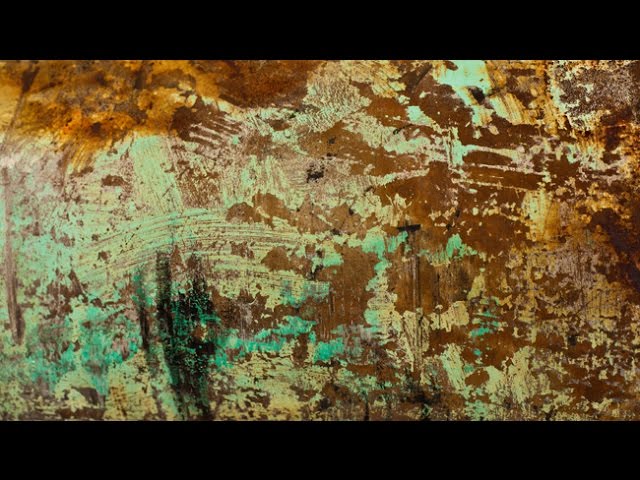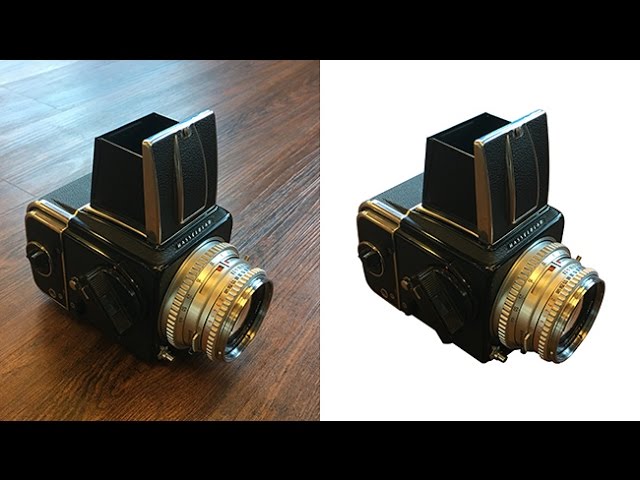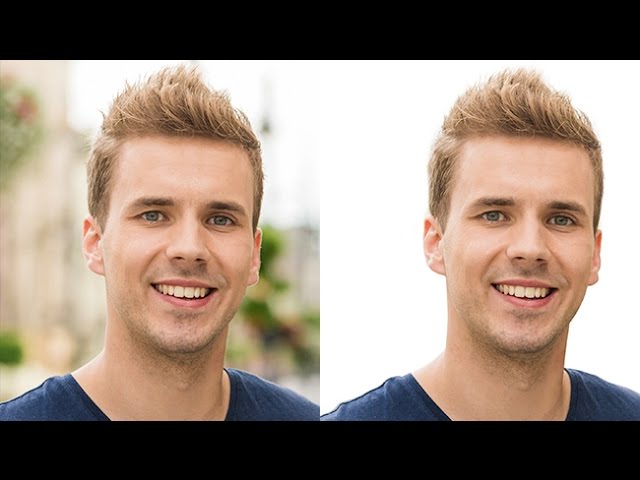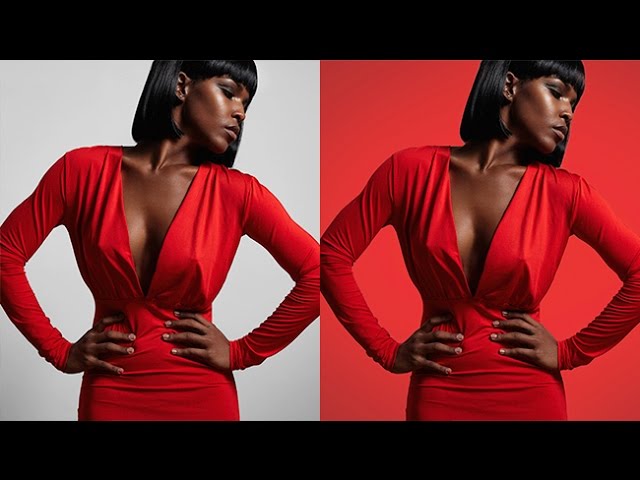Download the Textures From this Episode!
How to Create 3D Textures in Photoshop
Learn how to convert any photo into a 3D Texture and apply it to text and photos. This technique will allow you to change the lighting direction of any texture!
Create a Pattern from a Photo
The first step to apply a 3D Texture to a photo is to convert a photo into a “PATTERN” in Photoshop. To convert any photo into a pattern, open the image and select all by pressing CTRL/CMD+A then go to ‘Edit – Define Pattern.’ This pattern is now stored in Photoshop’s library and can be accessed by going to ‘Edit – Presets – Preset Manager.’
After creating a pattern, it will be stored in Photoshop for future use.
Layer FX – Bevel and Emboss + Texture
To apply the pattern to text or a photo, click on the desired layer and go to ‘Layer – Layer Style – Bevel and Emboss’ and select ‘Texture.’ Next, in the pattern editor, select the pattern you just created, it will be on the bottom of the pattern list.
Then in the properties make sure to click ‘Snap to Origin’ and select 100% Scale and Depth.
Layer FX – Pattern Overlay
After applying the pattern to the Bevel and Emboss Layer FX, add a ‘Pattern Overlay’ by going to ‘Layer – Layer Style – Pattern Overlay.’ In this dialog, be sure to select the same pattern used in the Bevel and Emboss Layer FX. Click ‘Snap to Origin’ and select 100% Scale.
Now, the Pattern Overlay and the Bevel and Emboss will be aligned and applied to the current layer.
To adjust the lighting on the pattern, go into the settings for the Layer FX Bevel and Emboss, and change the ‘Shading Angle’ and ‘Shading Altitude.’ You will see a live preview of the lighting direction change on the pattern.
How to Use this Technique
This technique can be used to add realistic texture to any object in Photoshop. For instance, if you want to add texture to a wall, you will be able to adjust the direction of light to make the effect seamless!
VISIT PHLEARN.COM FOR MORE FREE TUTORIALS
SUBSCRIBE NOW FOR MORE FREE TIPS AND TRICKS
http://www.youtube.com/subscription_c…
GET FREE TUTORIALS SENT TO YOUR EMAIL + DISCOUNTS ON OUR PRO TUTORIALS!
https://phlearn.com/mail
LET’S BE FRIENDS!
Instagram ► https://www.instagram.com/phlearn/
Facebook ► https://facebook.com/phlearn
Twitter ► https://twitter.com/phlearn
Google+ ► https://plus.google.com/1167910980592…
Phlearn ► https://phlearn.com



